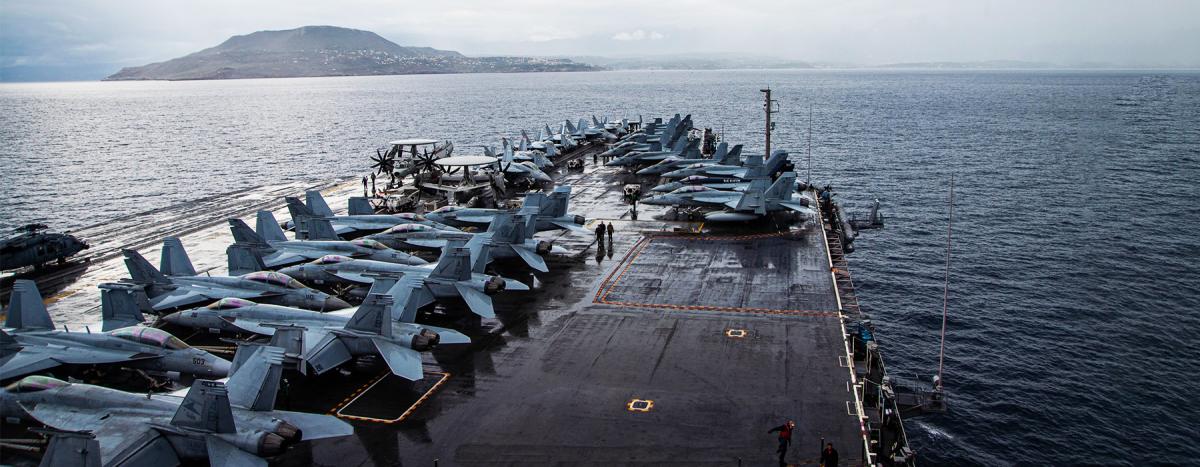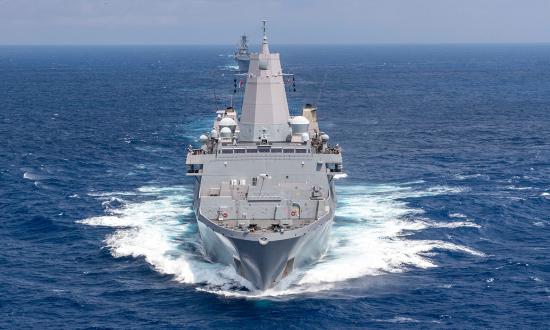Some long-time readers will be surprised to see “The Naval Review” on the cover of the March issue. As I mentioned in January, a big change this year is the swap of the International Navies (normally March) and the Naval Review (normally May) issues. The Naval Review, once its own publication, became the May issue in the 1980s—long before the launch of USNI News, which now covers Sea Service news and developments as they happen. So, instead of highlighting 2021 in May of 2022, we moved the review earlier and asked the authors to provide less “blow-by-blow” and more analysis of what last year meant.
Robert Holzer and Scott Truver start the “U.S. Navy in Review” with a look at the triservice maritime strategy, Advantage at Sea, and move on to budget and naval force structure. Wes Hammond’s “U.S. Marine Corps in Review” provides outstanding insights about progress along the road to Force Design 2030. The Coast Guard had a busy 2021, as Joe DiRenzo and David Boyd highlight in the “U.S. Coast Guard in Review.” Search and rescue, Arctic deployments, Middle East operations, and Taiwan Strait transits are just a few of the service’s key activities. The 45th fast response cutter was commissioned last year—capable small ships I think the Navy should buy and increasingly arm for operations in the Baltic, Middle East, and South China Sea (but that’s just my opinion). In the “Naval Aviation and Weapons in Review,” Guy Snodgrass gives a detailed threat assessment and his thoughts on naval aviation’s ability to match the pacing threat.
If you heard a lot about supply chains in the past year but don’t know much about the global maritime industry, read Shashi Kumar’s “U.S. Merchant Marine and World Maritime Review.” The Sea Services exist in great part to keep the sea lines of communication open, and Shashi explains the global commerce that moves via those sea lines. Remember the Ever Given running aground in the Suez Canal last year? That blockage cost the global economy approximately $400 million per hour!
Along with the reviews, there are several “don’t miss” features in this issue. Trent Hone, author of the award-winning book Learning War, teamed with Steven Spear to write “Succeeding in Periods of Change,” which summarizes the learning culture that enabled the U.S. Navy to defeat the Imperial Japanese Navy in World War II. In “Web Storm Rising,” Navy Commander Timothy McGeehan pieces together cyber threats, social media disclosures, and data breaches to show the combined vulnerabilities of U.S. military personnel to adversaries in cyberspace. It’s a sobering read. Finally, there’s been a long-running debate in our pages about deterrence among nuclear-armed nations. James Lacey’s “‘Limited’ Wars Could Make a Bloody Return” draws on lessons from 18th-century “Cabinet Wars” and advises strategists to “think long and hard about how the United States will fight a prolonged war against another great power that can . . . become ‘total’ without becoming ‘absolute.’” This is an article to read more than once and share widely.






